What to Post on LinkedIn? LinkedIn is a powerful platform for networking, showcasing expertise, and building your professional brand.
With over 900 million users globally, it has become the go-to space for professionals to connect and share ideas.
However, maintaining a consistent presence can be challenging, especially when you run out of ideas or feel stuck in a creative rut.
Consistency is key to staying relevant, but the question remains: what can you post when inspiration seems elusive?
Don’t worry—there’s always something you can share to engage your audience and add value to your network.
From offering unique insights to sparking conversations, the possibilities are endless if you know where to look.
Here are some practical suggestions to help you post effectively, even when creativity runs low, ensuring that you remain an active and impactful voice on LinkedIn.
1. Share Your Thoughts on Industry News

Stay relevant by commenting on the latest developments in your industry.
Regularly review news articles, trends, or major announcements that impact your field and consider sharing your unique perspective on them.
For example, if a new technology, regulation, or market shift emerges, explain how it might affect professionals or businesses in your industry.
Use these posts to invite your network to share their opinions by posing open-ended questions, such as
“What do you think this means for our industry in the next five years?” or “How is your organization adapting to this trend?”
Not only does this position you as a thought leader, but it also encourages meaningful engagement with your audience.
2. Highlight a Recent Achievement
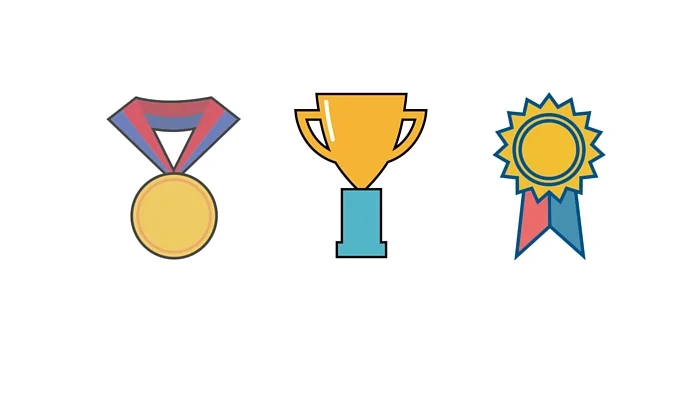
Don’t shy away from celebrating milestones.
Whether it’s completing a project, earning a certification, or landing a new role, these achievements showcase your growth and commitment to excellence.
Sharing such successes doesn’t just highlight your personal accomplishments; it can serve as a source of motivation for others in your network.
For instance, you might elaborate on the steps you took to reach that goal or the challenges you overcame along the way.
Adding a personal touch—like expressing gratitude to mentors, colleagues, or your team—can make the post even more relatable and engaging.
Remember, milestones aren’t just about professional wins; you can also share personal achievements, such as balancing work and continuing education or completing a marathon, to add authenticity and inspire your audience.
3. Pose a Thought-Provoking Question

Ask a question related to your field to spark engagement.
Thought-provoking questions can be an excellent way to initiate meaningful conversations and establish your presence as a thought leader.
For example, you could ask:
“What’s one skill you think every professional in [your industry] should master?” or “How do you see [specific trend] shaping the future of our industry?”
By framing questions that relate to current challenges, trends, or skills, you invite your network to share their expertise and opinions, fostering a collaborative atmosphere.
To take it further, tailor your questions to align with your audience’s interests, ensuring they resonate.
For instance, if your network includes many young professionals, you might ask,
“What advice would you give to someone just starting out in their career?”
Including a personal example or context to explain why you’re asking can make the post even more engaging and relatable.
4. Reflect on Personal Growth
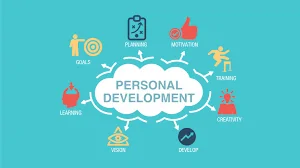
Share a story about overcoming a challenge, learning a valuable lesson, or adapting to change.
Authenticity resonates with your audience and fosters deeper connections, as it allows others to see the human side of your professional journey.
For instance, you might discuss a time when you faced a difficult project deadline, detailing how you managed to overcome obstacles such as limited resources or unforeseen complications.
Explain the steps you took, the support you received, and the lessons you learned along the way.
Alternatively, share how you adapted to a significant change in your career, such as transitioning to a new industry or adopting emerging technologies, and how it contributed to your growth.
By being open and honest about your experiences, you not only inspire others but also encourage them to share their stories, creating a sense of community and mutual understanding.
5. Recommend Resources
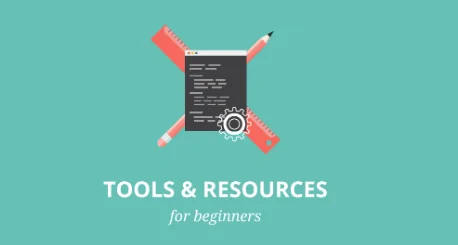
Share your favorite book, podcast, tool, or webinar that has helped you professionally.
Providing a detailed explanation of why it’s valuable can significantly boost engagement and spark meaningful conversations.
For example, if you recommend a book, mention specific chapters or concepts that stood out to you and how they influenced your work or thinking.
If it’s a podcast, highlight an episode that resonated with you and explain its relevance to your industry.
Tools and webinars can also be impactful—describe how they solved a problem, streamlined a process, or introduced you to new ideas.
By sharing actionable takeaways and personal anecdotes, you make your post more relatable and encourage your network to explore these resources and share their own recommendations in return.
6. Repurpose Old Content
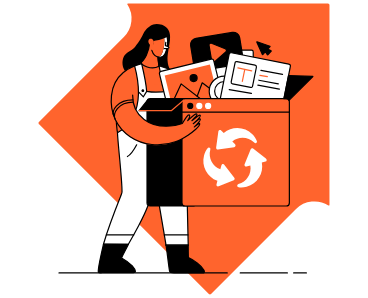
Look back at your most popular posts or articles and repurpose the content.
Take the time to analyze which posts received the highest engagement, such as likes, comments, or shares, and consider why they resonated with your audience.
Update these posts with new insights, recent statistics, or additional context that reflects current trends or developments in your field.
You might also explore presenting the information in a fresh format, such as creating an engaging video, an eye-catching infographic, or even a carousel post that breaks down key points visually.
For example, if an article you wrote on productivity tools performed well, you could create a video tutorial demonstrating their use or design a downloadable checklist for your audience.
Repurposing content not only saves time but also allows you to breathe new life into your most valuable ideas, reaching a broader audience in the process.
7. Share User-Generated Content
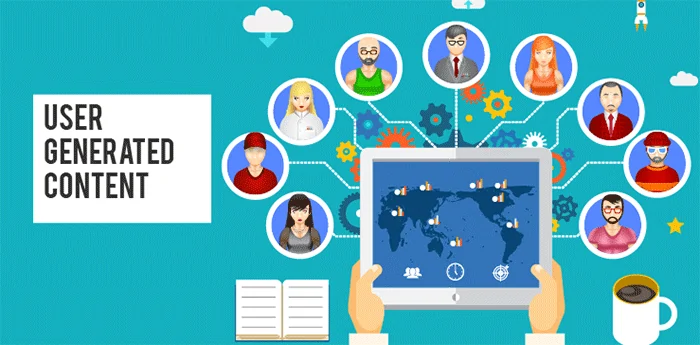
Engage with your network by sharing posts from your connections.
Whether it’s a colleague’s achievement, an insightful article, or a thought-provoking update, resharing their content with a thoughtful comment can help you strengthen professional relationships and showcase your support for others in your network.
When resharing, add value by expressing what you found compelling or relevant about the post.
For instance, you could highlight a specific takeaway, share how it relates to your own experience, or pose a follow-up question to encourage further discussion.
This not only amplifies their message but also positions you as an engaged and collaborative professional.
Additionally, acknowledging their efforts publicly demonstrates your appreciation and fosters a sense of community, which can lead to stronger connections and future opportunities.
8. Showcase Your Work

Post examples of your work, such as case studies, portfolios, or successful campaigns.
This provides tangible proof of your expertise and the value you bring to your clients or projects.
When sharing these examples, add context to make the content more engaging and relatable.
For instance, outline the problem you were solving, the process you followed, and the results you achieved.
Visual elements like before-and-after comparisons, charts, or images can make your post more compelling and easier to understand.
Additionally, consider sharing testimonials or client feedback to further validate your success.
By doing so, you not only highlight your skills but also build trust and credibility with your audience.
Don’t hesitate to invite your network to ask questions about your work or share their own experiences in similar projects, creating an interactive and enriching discussion.
What to Post on LinkedIn: 22 Engaging Ideas
- Share Industry Trends: Post about emerging trends and their potential impact.
. - Celebrate Colleagues: Recognize a team member’s accomplishment.
. - Offer Tips: Provide actionable advice relevant to your field.
. - Debunk Myths: Address common misconceptions in your industry.
. - Showcase Data: Share interesting statistics or infographics.
. - Highlight Events: Announce events you’re attending or hosting.
. - Volunteer Experiences: Talk about your community involvement.
. - Post Testimonials: Share positive feedback from clients or colleagues.
. - Share Behind-the-Scenes: Provide a glimpse into your daily routine or work environment.
. - Celebrate Holidays: Post themed content for professional holidays like National Entrepreneurs’ Day.
. - Highlight Company Culture: Showcase your organization’s values and culture.
. - Poll Your Audience: Use LinkedIn’s poll feature to gather opinions.
. - Share Failures: Discuss a failure and what you learned from it.
. - Ask for Advice: Crowdsource ideas or solutions from your network.
. - Post Lists: Create lists like “Top 5 Skills for [Industry]” or “10 Tools for Productivity.”
. - Celebrate Anniversaries: Reflect on professional milestones.
. - Promote Your Blog or Newsletter: Share content you’ve created elsewhere.
. - Announce Job Openings: Help your network grow by sharing opportunities.
> - Collaborate with Influencers: Co-create content with industry experts.
. - Ask for Feedback: Share a project and ask for input.
. - Post Quotes: Share inspirational or thought-provoking quotes relevant to your industry.
. - Host a Giveaway: Encourage engagement by offering a prize related to your expertise.
.
Expert Answers to 6 Key Questions About Posting on LinkedIn
1. How Often Should I Post?
Experts recommend posting 2-3 times per week to maintain visibility without overwhelming your audience.
This frequency strikes a balance between staying top-of-mind and avoiding oversaturation, which could lead to disengagement.
Consistent posting helps build trust and ensures your network regularly interacts with your content, increasing the likelihood of algorithmic boosts for future posts.
2. What Time Should I Post?
Peak times to post on LinkedIn are typically midweek mornings (Tuesday through Thursday, 8-11 AM).
This timing aligns with when professionals are actively engaging on LinkedIn. However, optimal posting times can vary based on your industry and audience’s habits.
Experiment with different times and monitor your analytics to identify patterns.
For instance, if your audience spans multiple time zones, consider scheduling posts to maximize global reach.
3. What Type of Content Works Best?
Original, authentic, and value-driven content tends to perform well. Posts that tell stories or solve problems often receive high engagement because they provide practical insights and emotional connections.
For example, you could share a personal anecdote about a career challenge and how you overcame it or offer actionable tips to address common industry pain points.
Including visuals, such as images or short videos, can further enhance engagement by making your content more dynamic and shareable.
4. How Long Should My Posts Be?
Concise posts (50-150 words) with a clear message are effective because they respect your audience’s time while delivering value.
However, longer posts can also perform well if they tell a compelling story or dive deep into a complex topic.
To ensure readability, break up longer posts into short paragraphs and use bullet points or headings when possible.
Adding a call-to-action at the end can encourage readers to engage, whether by liking, commenting, or sharing.
5. Should I Use Hashtags?
Yes, but limit them to 3-5 per post. Hashtags help categorize your content and make it discoverable to a broader audience.
Use a mix of popular hashtags to increase visibility and niche ones to target specific communities.
For example, pairing #Leadership and #CareerDevelopment with #TechInnovation can help you reach both general and specialized audiences. Research trending hashtags in your field to maximize relevance and impact.
6. How Do I Measure Success?
Track metrics like views, likes, comments, shares, and click-through rates.
LinkedIn Analytics provides valuable insights into your content’s performance, helping you understand what resonates with your audience.
Pay attention to engagement rates rather than just vanity metrics like impressions.
For example, a post with fewer views but higher interaction rates might indicate deeper audience connection.
Use these insights to refine your strategy and focus on content that aligns with your goals.
What to Post on LinkedIn: Stats for 11 Industries
- Technology: Posts about AI and emerging tech trends get 2x more engagement.
. - Finance: Content on financial planning and market insights performs well.
. - Healthcare: Sharing patient success stories or health innovations attracts attention.
. - Education: Posts on teaching strategies and e-learning see high interaction.
. - Marketing: Case studies and creative campaigns are top performers.
. - Real Estate: Market updates and home-buying tips generate interest.
. - Human Resources: Topics on workplace culture and hiring trends resonate.
. - Retail: Product launches and customer stories drive engagement.
. - Manufacturing: Innovation and sustainability content capture attention.
. - Nonprofit: Posts about impact stories and volunteering opportunities perform best.
. - Consulting: Problem-solving insights and leadership advice are highly engaging.
.
3 Free Tools to Help You Come Up With—and Write—LinkedIn Posts
1. AnswerThePublic
This tool generates questions and topics people are searching for, making it a great resource for LinkedIn content ideas.
2. Canva
Use Canva to design professional graphics, infographics, and visuals for your posts.
3. Hemingway Editor
Polish your writing with Hemingway Editor, which improves clarity and readability.
By leveraging these tips, ideas, and tools, you can keep your LinkedIn content fresh, engaging, and impactful, even when inspiration is running low.
Remember, consistency and authenticity are key to building your professional presence on LinkedIn.
While posting regularly is essential, it’s equally important to ensure that your content adds value and resonates with your audience.
Don’t be afraid to experiment with new formats, such as videos, polls, or carousel posts, to see what garners the most engagement.
Also, take advantage of analytics tools to refine your strategy based on performance insights.
Authenticity helps build trust—share your personal stories, lessons learned, and genuine thoughts to connect with your audience on a deeper level.
Lastly, don’t overlook the power of engagement; respond to comments, ask follow-up questions, and participate in discussions sparked by your posts to foster a vibrant and interactive community.
With dedication and a thoughtful approach, LinkedIn can become a cornerstone of your professional growth and networking efforts.
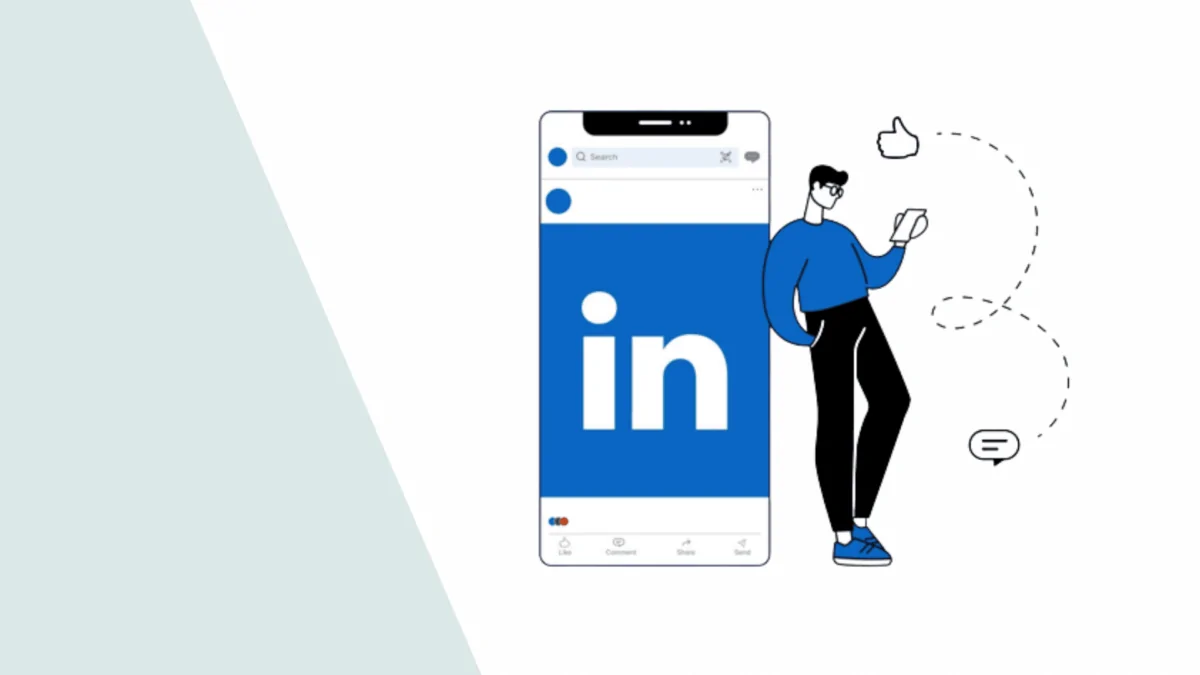
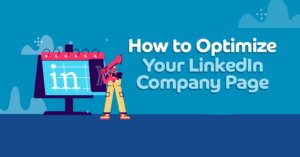
![How to Build a LinkedIn Marketing Strategy [Free Template]](https://technaseer.com/wp-content/uploads/2025/02/1696446402112-300x169.jpeg)


